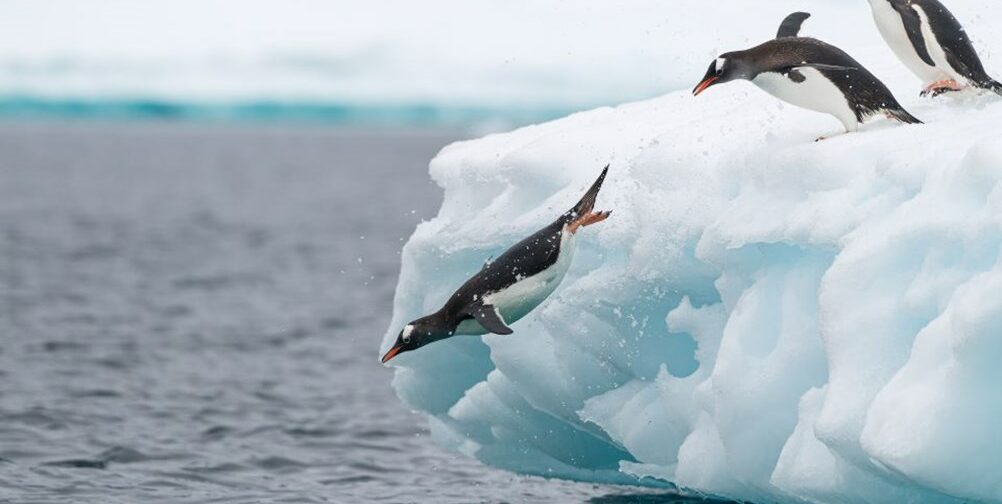There was quite the kerfuffle at the start of 2024 when we commented courtesy of Tony Heller that Arctic sea ice on Jan. 9, 2024 had hit its highest level on that date in 20 years and suggested that it was “rebounding”. Amid all the angry shouting in response that the ice coming back didn’t mean it wasn’t vanishing, some people did attempt to object rationally that one walrus does not make a winter and that what mattered was long-term trends. They also pointed out, arguably contradictorily, that Arctic ice had bottomed out, absolutely in the modern satellite era, on September 17, 2012 at a mere 3.387 million square kilometers. To which we responded that if the ice were melting relentlessly as the Arctic warmed faster than whatever, it seemed odd that the record low had been set 12 years ago rather than, say, last year. But we also said we’d keep an eye on it and report what happened regardless of what it was. And indeed in 2024 it fluctuated and at various points was fairly high by comparison with the last decade or so, and at others fairly low. But “what just happened” at this point in 2025 is that the figure for September 17, 2025 was 4.686 million square kilometers, nearly 40% more than in 2012. It’s also well above 2023 and yes 2024, marginally below 2022, 2021, 2018 and 2017, and well above 2016, 2019 and especially 2020. Perhaps Potholer 54 would like to make another video claiming we can’t read charts, or that rebound doesn’t mean what the dictionary says.
As we’ve mentioned, there are several ways to draw a trend line through complicated data including the one for Arctic ice. But they are not all equally valid. Even statistics involves some art as well as science. But it should not include hocus-pocus.
In this regard we continue to insist, in the face of alarmists saying it’s long-term trends that matter, that it is in fact long-term trends that matter. And we also continue to insist, in this regard, that it is the dreaded cherry-picking to lean too hard on the fact that the modern satellite record coincides with a cyclical peak in Arctic ice around 1979 that cannot rationally be ascribed to human influence, since there is no plausible argument that we were cooling the planet from the 1940s through the 1970s, though at the time it was blamed on, yes, our burning fossil fuels by people who seem to start with the verdict that our civilization is evil, rapacious and self-destructive and work backwards to an indictment that fits the short-run evidence.
Of course it is true that the modern satellite record furnishes better data than we got before we had modern satellites. And therefore one has to be both more ingenious and more cautious about less complete and less precise records that predate 1979. But one does not have to be either credulous or closed-minded and indeed closed-eyed. Many such records do exist and they confirm a cyclical pattern, and also confirm that conditions around 2012 were by no means unprecedented except, again, in being fingered as proof of malevolent human influence in a way that readings from the 1940s, or 1900s, were not.
Now speaking from a historical perspective, as we so often do, we also want to insist that a hundred and twenty years is not really the long term especially geologically. Though it certainly beats 46 years especially if you also ignore the last 13. What you really want to understand is what the Arctic looked like 300 years ago, and 1,000, and so forth as far back as you can possibly get.
If you do so, the claim that 2012 was a blazing wreck whose flames also consumed 2024, and we are the arsonists, starts to look hysterical rather than scientific.



Sooner or later the gathering of factual data disproves all leftist theories be they economic, ecological or societal theories. As the great Sun Tzu said, "wait patiently by the side of the river and the corpse of your enemy will float past"!
Well put. I would add the caveat that one needs quite a bit of patience, and that the body will have a lot of factual sword strokes in it by the time it does go down the river. The established consensus, be it never so erroneous, has a lot of inertial. Galen's easily disprovable anatomy was blindly accepted as correct until someone fact checked it during the Renaissance.